IPO Oversubscription Vs Undersubscription
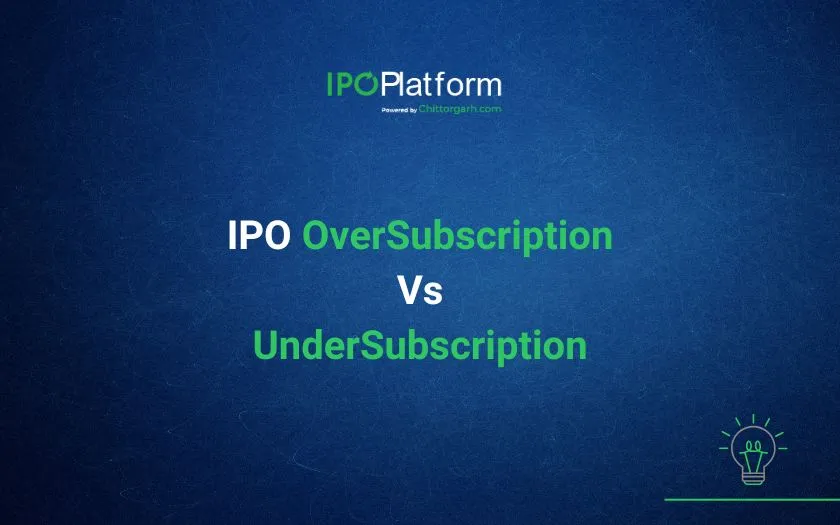
What does oversubscription mean in IPO?
The general public can apply for an open SME IPO or mainboard IPO open during its subscription period. When a company gets more applications for shares than offered for sale. Oversubscription generally indicates a good demand for the IPO and the probable listing gains or premium on listing. An oversubscribed IPO has increased possibility of the higher listing price on the listing day. Go through the latest IPO subscription status merchant banker wise. (know what is IPO Subscription?)
How is IPO allotted when oversubscribed?
In case of oversubscription the IPO allotment happens on a lottery basis. As per SEBI, the allotment is done a lucky draw basis which is computerized hence there are no chances of partiality. Since the lottery is a random selection of investors, all investors have an equal chances of allotment. In some cases, the shares are allotted proportionately among investors.
Example of IPO Allotment in oversubscribed scenario
Assume 8 investors have applied for a company X IPO at the cut-off price, i.e., the upper price band at which the shares get issued to the investors. If investors have placed bids in the range of 1 to 5 lots of shares.
If the X IPO gets oversubscribed and assuming that only 5 lots are to be allotted, then IPO allotment is done on a lottery basis by the Registrar
| Investor | Lots Applied | Allotted Shares |
| A | 1 | 0 |
| B | 2 | 1 |
| C | 2 | 0 |
| D | 4 | 1 |
| E | 3 | 0 |
| F | 1 | 1 |
| G | 3 | 1 |
| H | 2 | 1 |
| Total Numbers | 18 | 5 |
Hence in the above example, Investors B, D, F, G and H won the lottery and got the allotment. For others, refunds would be initiated. To be noted that bids below the cut off price would not be considered for allotment lottery.
How to calculate oversubscription of shares?
Oversubscription is calculated by dividing the share applications received by the no. of shares offered. This would calculate the number of times the shares have been applied in relation to shares available. A ratio greater than 1 indicates greater demand than the supply of shares and the Issue is considered to be oversubscribed. Live IPO subscription status can be referred to on IPO platform.
Example showing calculation of oversubscription:
Example 1: Understanding what is 3 times subscription in IPO?
Let’s take a company which is launching an IPO of 1,500 shares at a price of ₹50 each.
- Shares Offered: 1,500
- Applications received: 4,500
Calculation:
- Oversubscription Ratio: 4,500 / 1,500 = 3 (3 times oversubscribed)
In this case, there are three times as many applications for shares as there are available. This strong demand indicates high investor interest in the company. Because the IPO is oversubscribed, not all investors will receive the full number of shares they applied for, which shows confidence in the company’s potential for growth.
Example 2:
Another company is offering 1,000 shares in its IPO, priced at ₹200 each.
- Shares Offered: 1,000
- Applications Received: 2,500
Calculation:
- Oversubscription Ratio: 2,500 / 1,000 = 2.5 (2.5 times oversubscribed)
Here, the demand for shares is 2.5 times greater than the supply. Due to the oversubscription, the company may allocate shares based on a pro rata method or a lottery, ensuring a fair distribution among investors.
What role does IPO Advisors play in successful IPO?
IPO Advisors play an important role in successful launch of an IPO. Their advisory role from IPO readiness, selecting the best merchant banker in India for SME IPO, various due diligence activities and IPO valuation guides the company throughout the IPO Issue and listing process. IPO platform in India provides information on upcoming IPOs on NSE Emerge and BSE SME and list of merchant bankers and anchor investors. Role of IPO advisor is important in the success of the listings.
What is the meaning of Undersubscribed IPO?
Undersubscription is a scenario when the number of applications received for shares offered is less than the total number of shares being offered in IPO. In this kind of a scenario, the IPO is considered to be undersubscribed.
It reflects a lower demand for shares amongst the public in the market.
Factors that may lead to undersubscription are
- Low investor interest
- Unattractive pricing/High IPO Valuation
- Market volatility/falling market sentiments
- Economic concerns
- Lack of knowledge
- Poor marketing
- Competition
What happens when IPO is undersubscribed?
According to SEBI regulations, a company needs to receive applications for at least 90% of the total shares being offered. In case of failure to meet 90% subscription, the IPO has to be cancelled and the money has to be refunded to the Investors.
Following steps might be considered in case of undersubscription:
- Revising the Issue terms like price band
- Extension of subscription period
- Withdrawal/Cancellation of IPO
- Selling the remaining shares to underwriters
- Scaling back the offering
- To reach alternative investors
How to calculate undersubscription of shares?
Undersubscription is arrived at by dividing the number of applications received divided by number of shares offered. This would give the number of times shares subscribed. A ratio less than 1 indicates undersubscription in IPO.
Here are some examples of Undersubscription of IPO:
Example 1
A company launching IPO is offering 800 shares at ₹150 each.
- Shares Offered: 800
- Applications received: 720
Calculation:
- Undersubscription: 720 / 800 = 0.90
In this situation, 720 shares were requested, which is 90% of the shares available, this meets the minimum subscription levels required as per the SEBI Regulations. The IPO need not be withdrawn or cancelled in such a case.
Example 2:
A company is launching 1,500 shares in its IPO at a price of ₹50 each.
- Shares Offered: 1,500
- Applications received: 1,000
Calculation:
- Undersubscription: 1,000 / 1,500 = 0.67
In this case, only 1,000 shares were requested, which is less than the 1,500 shares available. Since the subscription levels are below 90%, the IPO has to be withdrawn and refunds for investors need to be initiated by Registrar.
What is the difference between oversubscription and undersubscription?
Oversubscription Vs Undersubscription
| Basis | Oversubscription | Undersubscription |
|---|---|---|
| Meaning |
IPO receives more applications from investors than the number of shares offered to the public. |
It means where the number of bids is less than the number of shares offered. |
| Demand Pattren |
It indicates more demand of the shares than available in offer. |
Indicates less demand amongst the public for the shares offered in IPO. |
| Market Perception |
Oversubscribed IPO reflects strong investor confidence in the company. It often results in increased interest and higher listing gains. |
Undersubscribed IPO may create a negative market perception. |
| Price Impact |
This may result to higher post-issue prices, with shares potentially debuting at a premium on the stock exchange. |
This may result to lower post-issue prices, with shares listing at or below the initial issue price. |
| Allotment |
In oversubscription the shares are allotted on the Pro-rata basis or lottery-basis. It assures a fair distribution of shares among investors when demand surpasses supply. |
In undersubscription full allotment of the shares to all subscribers is possible because the shares are not fully subscribed. |
| Withdrawal of IPO | No Need |
In case the IPO does not meet the 90% minimum subscription level, Issue has to be withdrawn and cancelled. |
| Investor Interest |
There is a widespread interest from large groups of investors, including both retail and institutional category. |
On the other hand, there is limited or selective participation, with only a few categories of investors expressing interest in the shares. |
| Impact on Issuer |
This can enhance company’s reputation, potentially resulting in positive media coverage and greater brand awareness to investors. |
This may affect the company’s reputation, resulting to doubts about its market readiness and the credibility. |
|
Post-Offering Market Patterns |
An anticipated rise in share price after listing, indicating strong investor interest and a limited supply of shares. |
Weak market activity post-issue, characterized by low trading volume and minimal price fluctuations, reflecting the subdued investor interest during the subscription period. |
Conclusion:
In conclusion, oversubscription and undersubscription are critical indicators of investor sentiment and demand during an IPO process. Oversubscription occurs when the number of applications exceeds the shares offered, reflecting strong market confidence and often leading to increased listing gains and higher post-issue prices. In contrast, undersubscription indicates a lack of interest, and a need for the company to withdraw the IPO if minimum subscription levels are not met.
The key differences lie in demand patterns, market perception, price impact, and the allotment process. While oversubscription can enhance a company's reputation and lead to positive media coverage, undersubscription can raise concerns about its credibility and market readiness. Ultimately, understanding these dynamics is essential for both investors and companies navigating the IPO landscape.


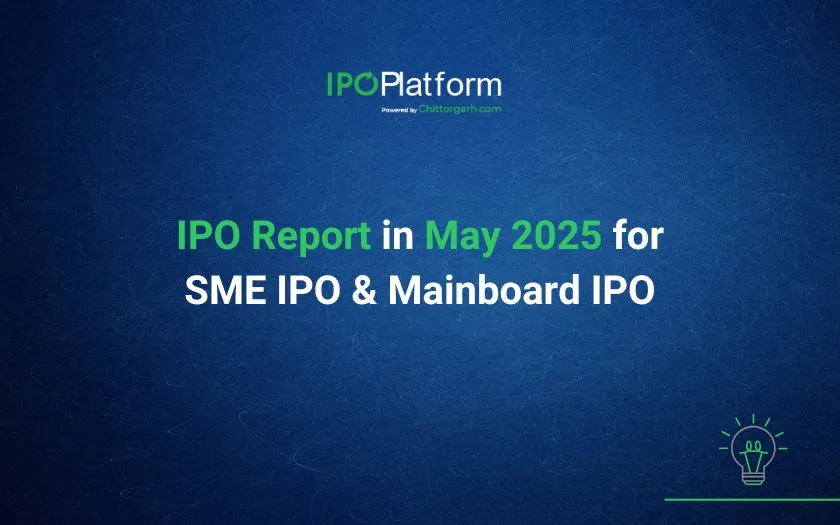
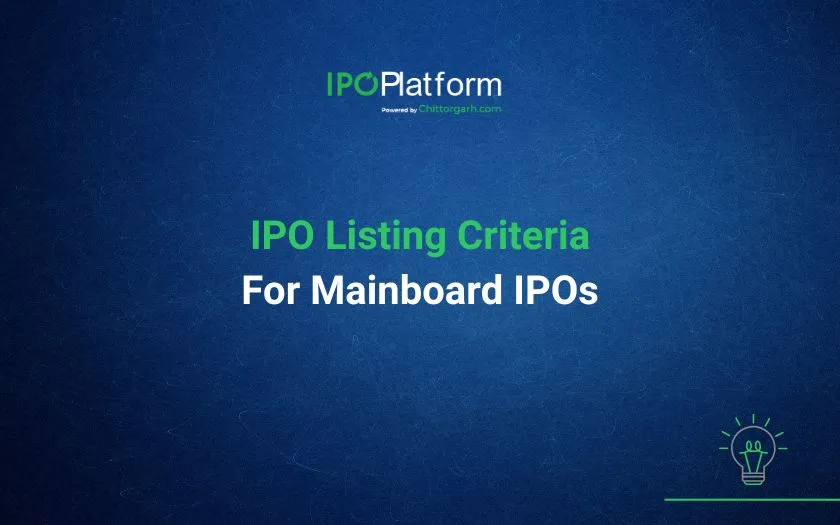
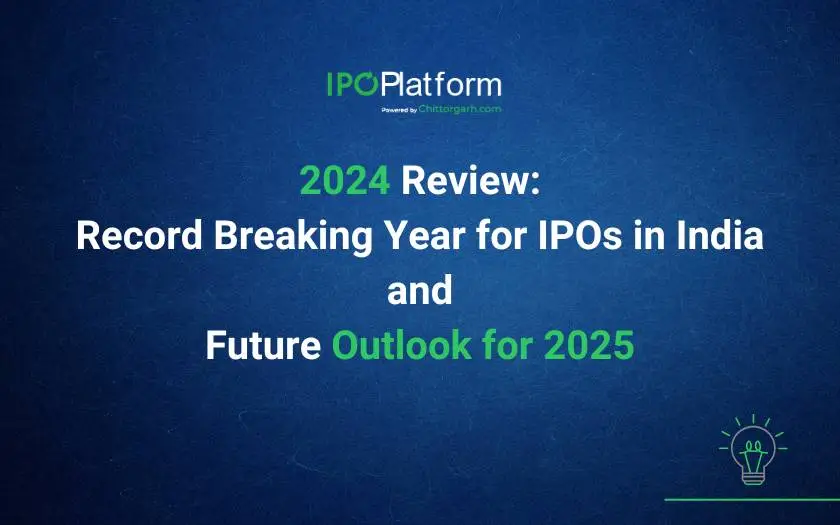
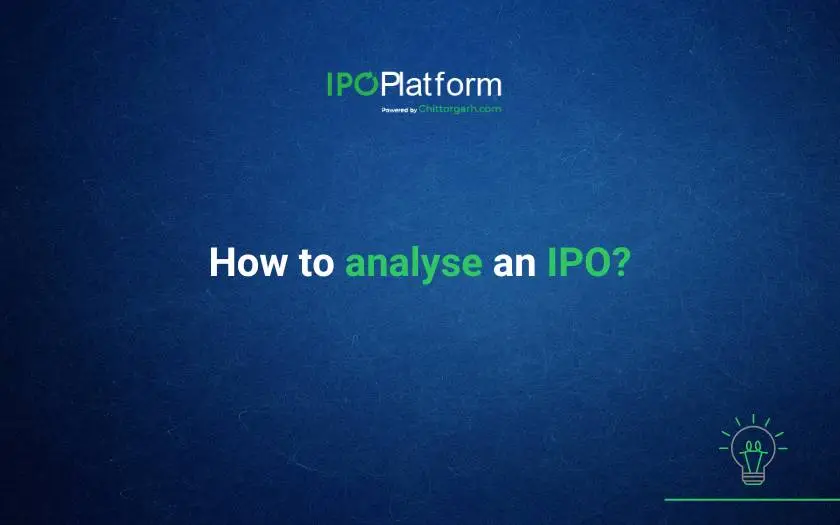
0 Comments